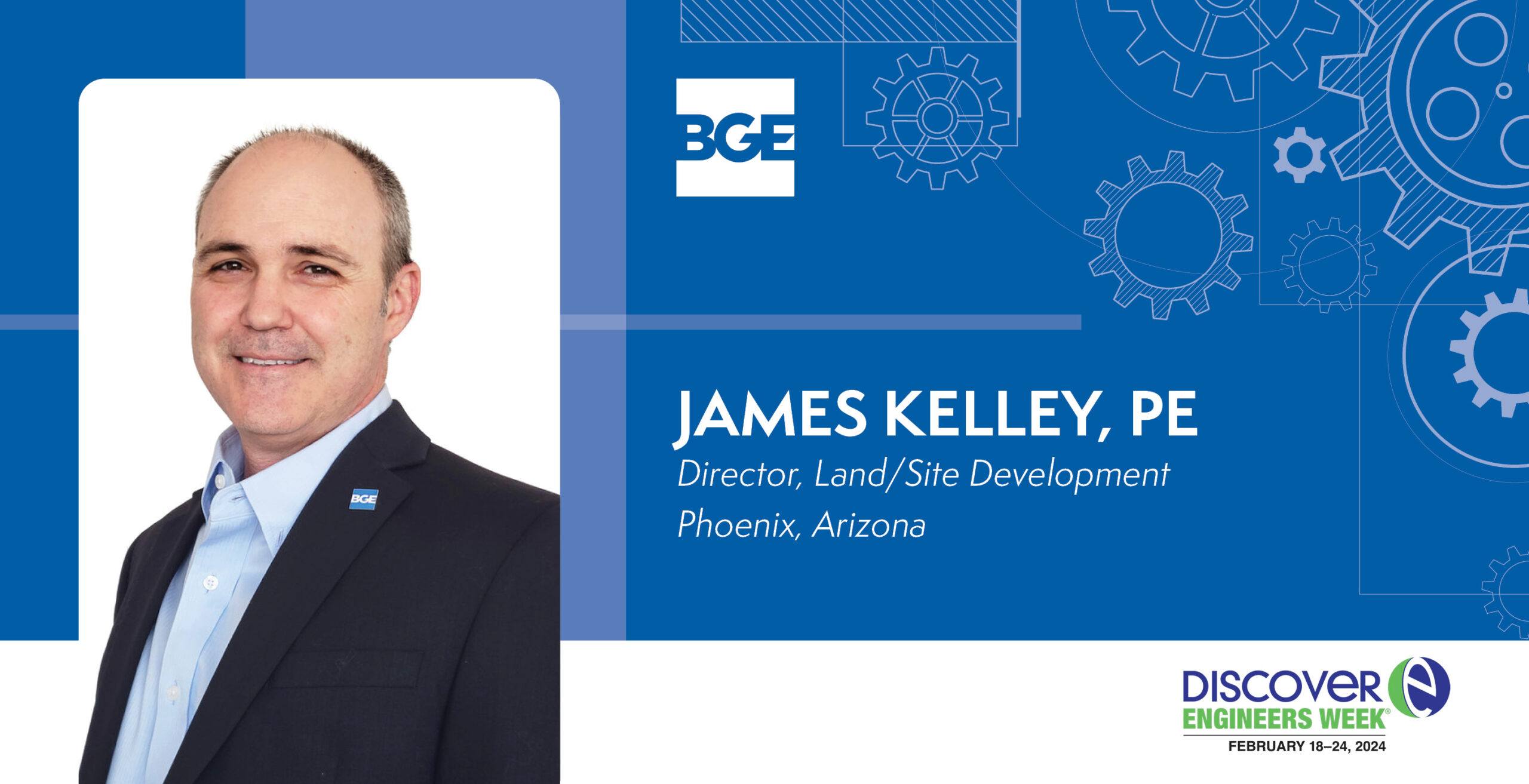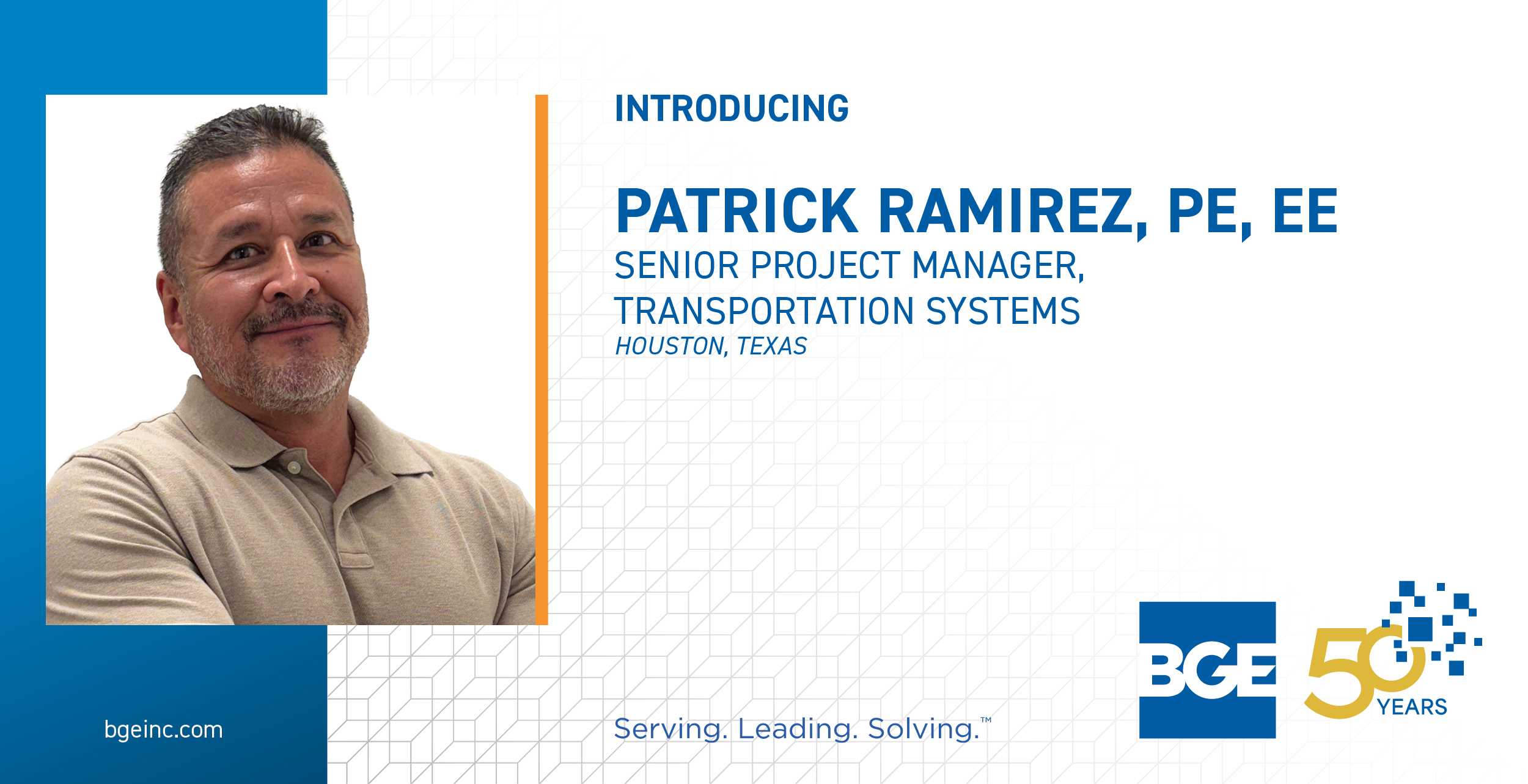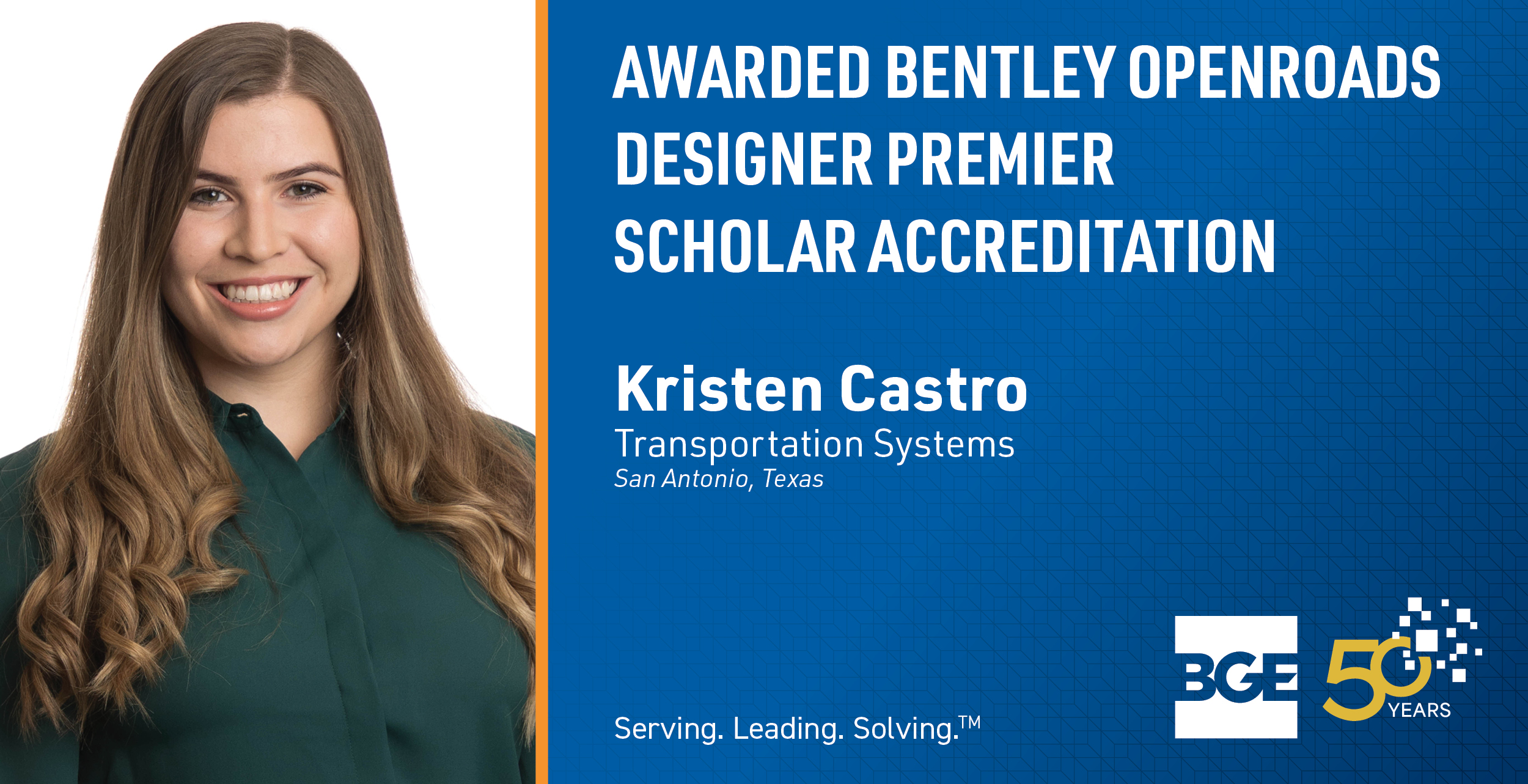What trends or advancements do you foresee in the future of engineering?
The big thing everyone is talking about right now is how AI will change the working environment forever. I think the trick is finding good ways to be able to use it and knowing what it is doing. The problem I see with AI is “garbage in, garbage out.” The engineers using AI will need to know what information it requires to help with a design and its limitations and then be able to understand the results and catch when it fails. There are some tasks that AI could help with, but there will be some engineers out there who will use it, accept that it is always right, and not catch a failure that will lead to lawsuits and discipline by professional boards.
New ways to use sustainable materials with better results than today’s standards will be another exciting advancement in construction. There are new forms of concrete being developed that are lighter, stronger, and sustainable.
Lastly, I also foresee advancements in robotics in construction, from 3D printed houses to automated grading machines, automated pipe-laying machines, etc. Engineers will need to start focusing on providing all the information required by these machines to provide quality and speed at the same time.
What would you consider to be your greatest success in using your skills to solve an engineering problem?
Early in my career, I designed a retention pond to handle a 100-year storm in Albuquerque, New Mexico. One afternoon the site contractor called me and asked why we had this enormous 10-foot-deep pond in the middle of the development when he had only seen, at most, a couple of inches of water in it. I explained to him that the entire neighborhood was draining to this pond and not just his section. After that, he walked around the neighborhood and saw that all the inlets were backed up with water. Getting back to the project site, he realized the discharge pipe to the pond was buried with about 3 feet of dirt in front of it. He marked the location and was going to clear it out with a backhoe in the morning. That night, we had a summer storm come through that had a 100-year intensity. The water pressure blew out the 3 feet of dirt and filled the pond up to just about 1 foot below the top of the pond. (I had 1 foot of freeboard included in the design.) The contractor called me and my boss in the morning to let us know that we really knew our stuff. With all the variables in design, not every project will get to show off your design skills, but that one felt pretty great.
How do you foster collaboration within your engineering team?
Relentless badgering…in a good way. ? Communication is the key to everything we do in a team. From the start of a project, we need to constantly coordinate with the client, subconsultants, and internal team members to make sure we are all working toward the same goal. Sometimes, the coordination is just letting someone know that you don’t have an answer yet, but you are looking into it and giving the team your estimate on when you might have an answer. With many people now working remotely (even part-time), it only magnifies the need to communicate more.
What personal characteristics do you feel are necessary to be a successful engineer?
Engineers need to be humble and willing to learn from everyone they can and apply that knowledge to their own designs. Learning from other engineers, clients, contractors, and designers will help to create designs that are practical, cost-effective, and easy to construct. Design elements are constantly changing, including design techniques, design software, local requirements, materials and material costs, etc. A successful engineer with continually learn to change their designs along with those changing elements.
Along with learning and being humble, an engineer needs to be a good listener. You must understand what is important to your client, the contractor, or the reviewing agencies and tailor your designs to those priorities as best you can.
Finally, a passion for problem-solving is essential. A good design is not always the easiest thing you can put together. Learning to design with value in mind is crucial, and sometimes, we encounter obstacles in our design that we need to be creative to work around. Sometimes, that isn’t easy, and a passion for problem-solving will help you get through that.
What is one thing that is on your bucket list?
Visit all 50 states!




